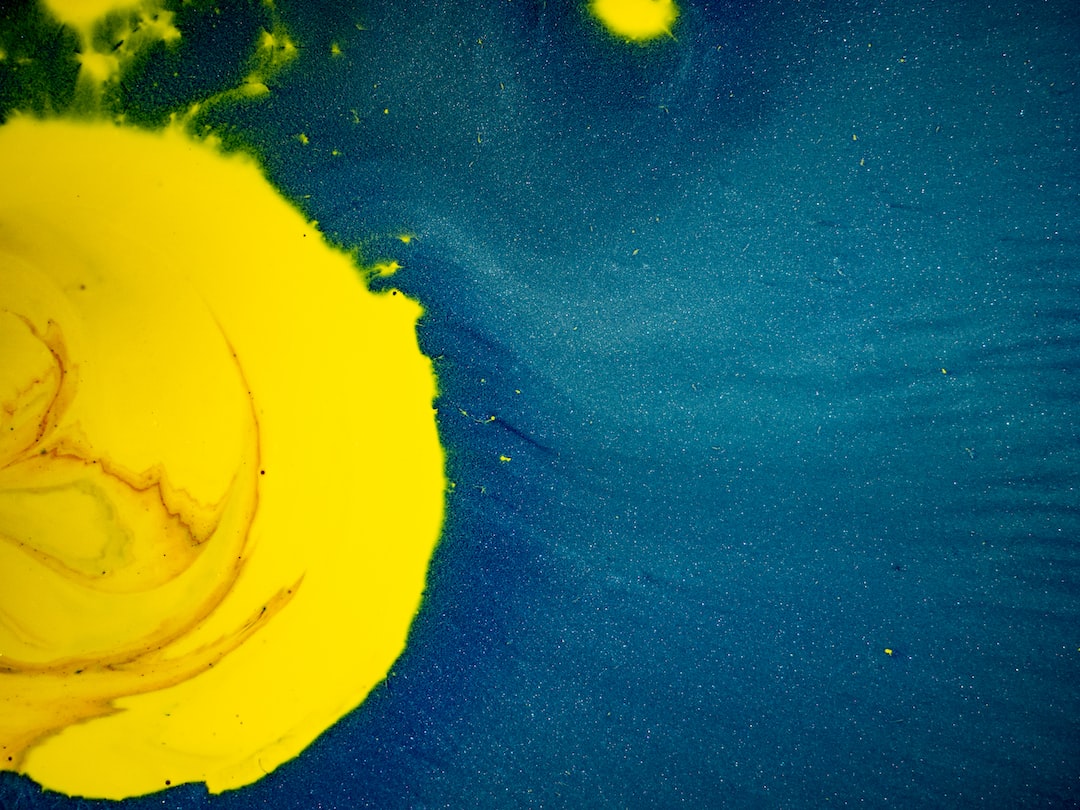Public art installations are vital for modern urban environments, and for a variety of reasons. Not only do they beautify cities and create a more vibrant atmosphere, but they also contribute to the cultural life of residents, foster civic pride, and provide economic benefits to the local community.
One of the most significant advantages of public art is that it can change the mood of an area instantly. A plain, unremarkable street, park, or building can become lively and dynamic with the addition of a colorful mural or sculpture. Public art energizes public spaces and engenders a sense of humor and whimsy that may be otherwise absent. This, in turn, promotes a more enjoyable and pleasant atmosphere, especially in areas that may be otherwise unsafe or uninhabitable. Public art also enhances overall walkability by creating interest and installing locations of intrigue.
Public art can also cultivate a sense of identity and appreciation for the community in which people live and work. When residents can see themselves and their experiences reflected in public art, they can develop a deeper connection to their environment. Art has the power to bring people together and creates a shared experience. For residents, it can be a source of pride – something that celebrates the distinctiveness of their space while contributing to a larger conversation about what’s happening in the world.
Furthermore, public art installations can serve as a way to preserve and promote cultural heritage. This art can become an emblem for cultural life and values that the people of a city can treasure and celebrate. The public art can serve as a shared piece of memory and encourage deeper understanding and appreciation of the differences that make the community’s cultural heritage unique and special.
Additionally, public art installations can have a significant economic impact. They can be a vital element in attracting tourism to a city, in turn, generating revenue for local businesses, hotels, and restaurants. People are attracted to the unique character of a place, and public art can serve as a differentiating factor that makes a city feel special. Such installations can turn commercial districts into thriving cultural destinations, generating more foot traffic and stabilizing overall property values.
Finally, public art can inspire innovation and creativity in a community. Art can encourage people to think more creatively and make space for new opportunities and perspectives. This type of art can inspire individuals to think beyond the ordinary and strive towards greatness. In this sense, public art can act as a catalyst for social and economic development, stimulating ideas and revitalizing communities.
Public art installations in urban areas have the power to transform urban cores in a variety of ways, from beautification to economic development and cultural preservation. Effective public art must earn its place by being well-conceived, designed, and executed. But if done with care and thought, public art can be a valuable aesthetic, cultural, and economic asset that leaves an enduring legacy to one’s city.

